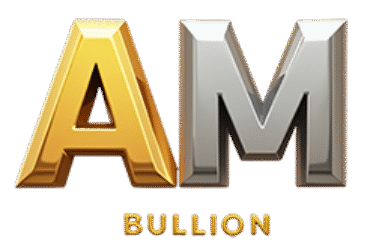Gold and Silver: 5,000 Years of Real Money
Introduction
Gold and silver have fascinated humans for millennia. Their rarity, beauty, durability, and workability made them ideal for jewellery, art, and ultimately, money. Gold never tarnishes; silver has unmatched conductivity. Both metals are scarce and universally recognized, making them natural stores of value across history.
Why Gold and Silver Are Money
Unlike paper currencies, gold and silver possess intrinsic qualities that make them ideal money:
- Durable: Don’t decay or rust.
- Portable: High value in small weight.
- Divisible & Fungible: Easily traded in varying amounts.
- Scarce: Can’t be manufactured or inflated at will.
- Universally valued: Desired across cultures for adornment, utility, and wealth storage.
These properties allowed them to become trusted mediums of exchange long before modern banking or fiat currencies.
5,000 Years of Gold and Silver as Money
- Ancient Civilizations (3000 BCE): Egyptians, Mesopotamians, and others used bullion as store of value and trade medium.
- Invention of Coinage (7th–6th c. BCE): Lydia minted first coins; Greeks, Persians, and Romans followed.
- Medieval Period: Silver dominated Europe’s currencies; Islamic empires used both gold and silver.
- Global Trade (16th–18th c.): Spanish silver dollars (“pieces of eight”) became the world’s first global currency.
- Gold Standard Era (19th–early 20th c.): Most nations fixed currencies to gold; the U.S. dollar was pegged to gold at $20.67/oz.
The Bretton Woods System
Established in 1944 to stabilize post-WWII finance:
- Currencies pegged to U.S. dollar; dollar pegged to gold at $35/oz.
- U.S. dollar became global reserve currency.
- Created IMF and World Bank.
- System allowed global trade to thrive under stable exchange rates.
The End of Bretton Woods: 1971
- U.S. deficits and inflation led to more dollars abroad than gold reserves could cover.
- On August 15, 1971, President Nixon closed the gold window, ending dollar convertibility to gold.
- By 1973, currencies floated freely, ending the gold-backed system. The fiat currency era began.
Gold’s Role Today
- Still widely seen as store of value, inflation hedge, and safe haven.
- During crises (1970s stagflation, 2008 crash, 2020 pandemic), gold prices surged.
- Central banks are major buyers, diversifying away from U.S. dollar exposure.
- Critics argue gold pays no yield, can be volatile, and doesn’t perfectly track inflation.
- Nonetheless, gold remains a global barometer of trust in fiat money; silver retains industrial and monetary appeal.
At AMbullion, Andy makes it simple and secure for you to invest in physical gold and silver bullion. Our transparent pricing and expert guidance are designed to help both first-time and experienced investors protect their wealth with confidence. Take control of your financial future today. Contact Andy to get started, request a free consultation, or browse our available bullion products.
